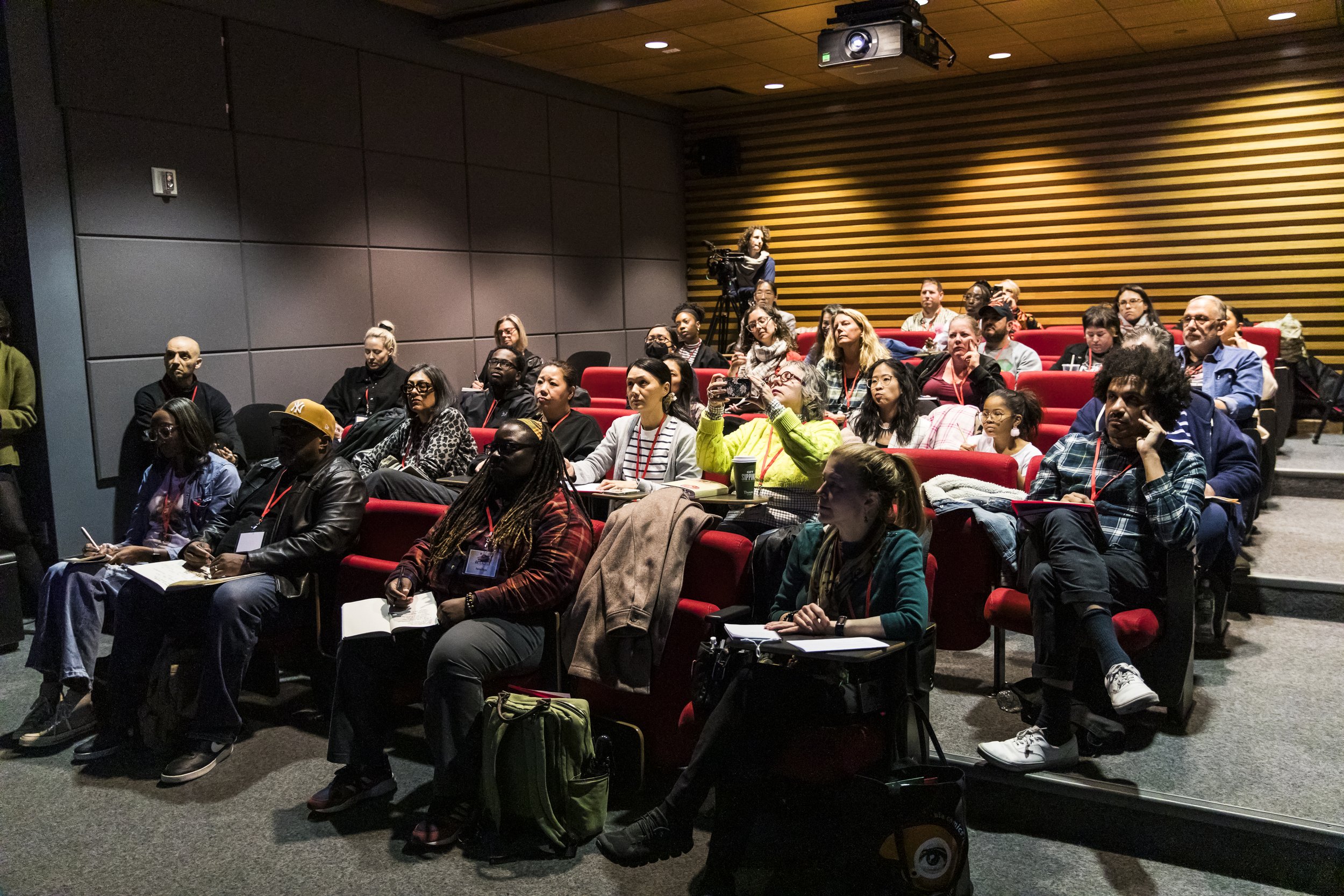Mechanics of Storytelling
Course Description
This course helps students analyze literary works, create interpretations, and articulate these insights in their art and writing. Students learn to blend storytelling with artistic expression, enriching their practice.
Key Focus Areas:
● Integration of storytelling frameworks and visual art.
● Developing student confidence in narrative crafting.
● Encouraging students to experiment with both linear and nonlinear storytelling techniques.
Core Learning Outcomes
By the end of the course, students will be able to:
● Identify Storytelling Elements: Plot, character, theme, and setting.
● Analyze Literary Works: Apply theoretical frameworks to understand cultural and social contexts.
● Apply Storytelling Across Mediums: Implement narrative techniques in film, web media, and visual art.
● Reflect on Context: Evaluate how historical and cultural backgrounds shape storytelling.
Narrative Forms Introduced
Students explore multiple storytelling structures, using these techniques to deepen their visual narratives:
1. Linear Narrative: Traditional, chronological sequence.
2. Nonlinear Narrative: Events presented out of order for thematic or suspense effects.
3. Braided Structure: Multiple narratives woven together, creating layered stories.
Key Assignments
1. Midterm Project: Woven Histories
● Objective: Select and research a piece of artwork from a NYC museum, analyzing
its narrative and thematic elements.
● Deliverables: 4-5 page analysis paper + 5-7 minute presentation.
2. Final Project: Storytelling as Art
● Objective: Interview a friend or family member, then craft a 10-minute story in the
style of The Moth storytelling format.
● Deliverables: 4-5 page reflective paper on the storytelling process + in-class story presentation.
Student Engagement Activities
Weekly Blog Posts
Students connect themes from weekly readings with personal insights, fostering reflection and deeper engagement.
Class Presentations
Students lead discussions on selected readings, enhancing analytical skills and building confidence in presenting interpretations to peers.
Cultural and Theoretical Contexts in Storytelling
Students examine stories through various lenses to deepen their narratives, utilizing perspectives like:
● Feminist Theory
● Postcolonial Theory
● Psychoanalytic Theory
The frameworks encourage students to think critically about the significance of storytelling and how it shapes and reflects society.
Reflection and Application Across Mediums
The course reinforces how storytelling techniques apply not only to written narratives but also to:
● Film
● Web Media
● Television
● Visual Art
Students are encouraged to explore how narrative mediums convey meaning and engage audiences.
Student Growth and Final Takeaways
Through this course, students:
● Develop storytelling confidence and skills.
● Cultivate critical thinking and interpretive analysis.
● Learn to produce art with enriched narrative depth.
Suggested Further Reading and Resources
● The Cambridge Introduction to Narrative – H. Porter Abbott
● Into the Woods: How Stories Work and Why We Tell Them – John Yorke
● The Moth: How to Tell a Story (website for storytelling techniques)

